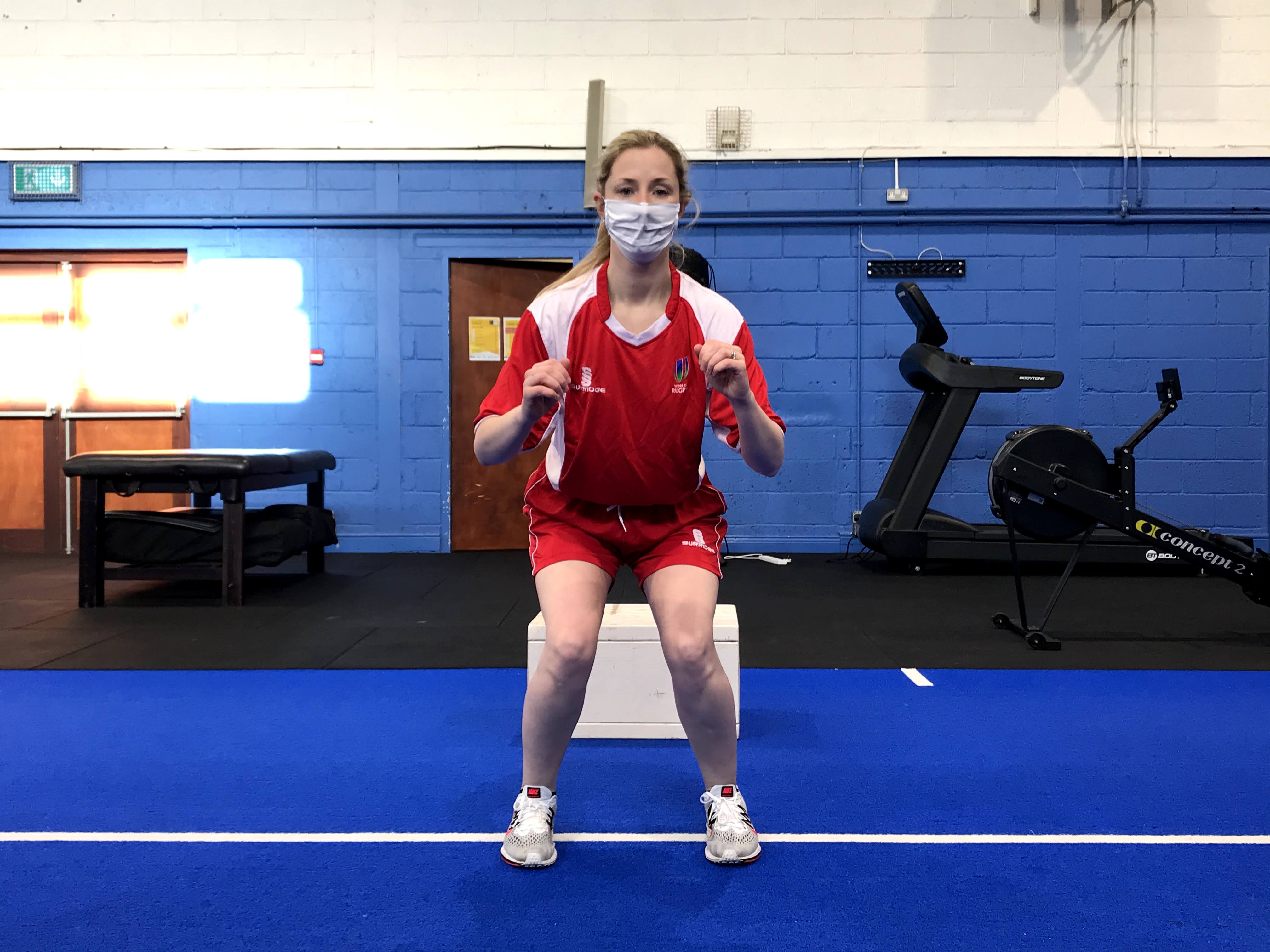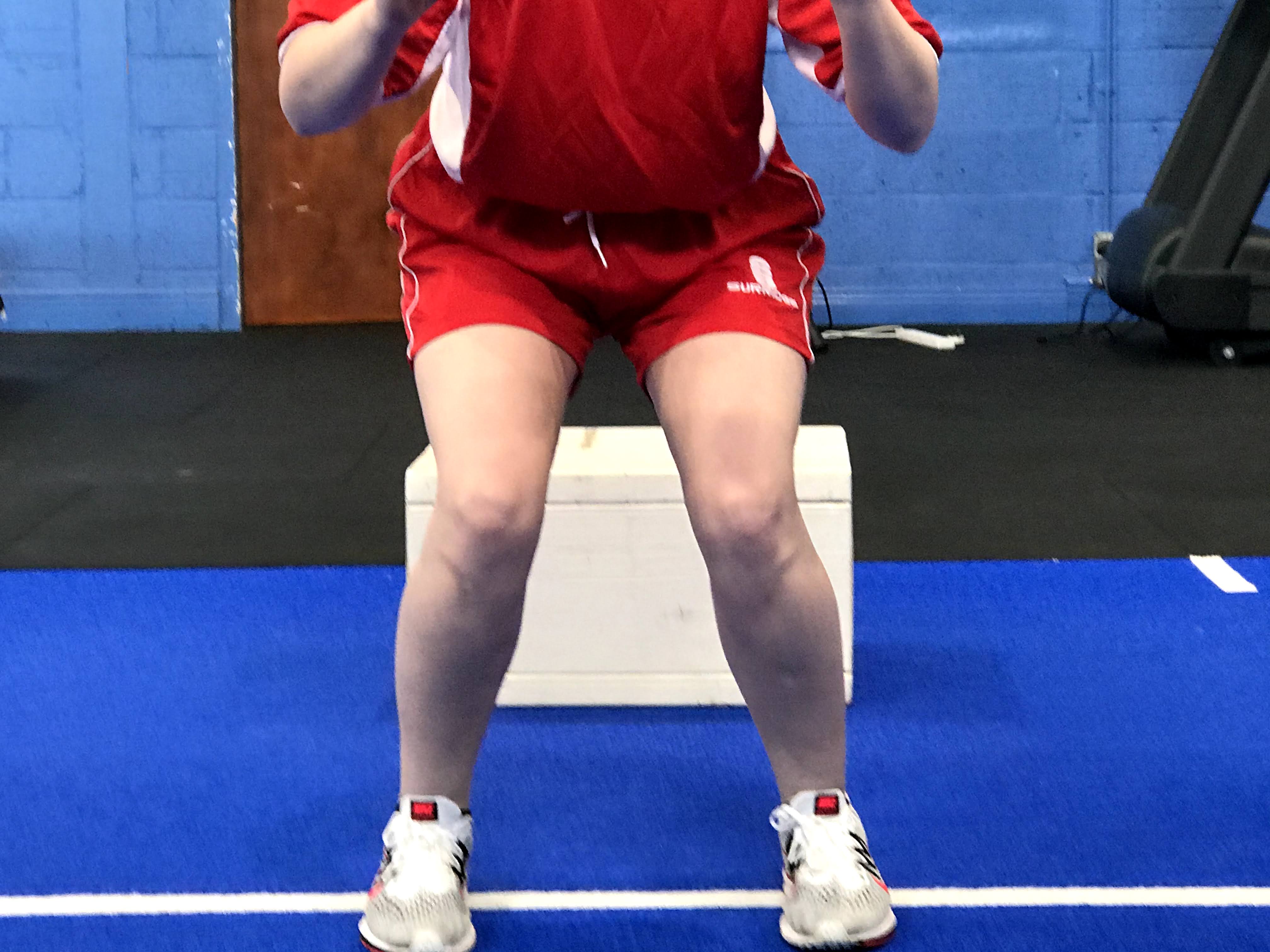Female testing and training - special considerations
In general the female rugby player commits to the same principles of training and training methods as the male player. These principles as we have noted include adaptation, progressive overload, interference, reversibility, recovery and individualisation. Thus the same approach to training frequency, intensity and recovery can be applied but based on the individual traits of the athlete first and foremost and the demands of the game. However, the female athlete also has a unique hormonal response which will impact on their response to training. The S&C coach should be aware of the practical implications of this but a fuller discussion on this topic is beyond the scope of the current Level 2.
Further, the female athlete also may have a greater exposure to certain injuries when compared to their male counterpart. For example, studies have repeatedly shown that the female athlete has a higher risk of knee injury compared to the male player. Comyns et al (2019) reported that knee injury incidence was at 18% of all injuries sustained by amateur female players compared with an 11% knee injury incidence in their male amateur counterparts. Further, the incidence of ACL related knee injuries was double that of the male player. This injury risk is important to address during any training programme. Training that focuses on dynamic balance and lower limb alignment especially during landing activities has been shown to be an effective focus within both injury risk reduction warm-up interventions and when used within the training programme (Hislop et al 2017; Myer et al 2008). Further, and as described in the dynamic testing section, the Tuck Jump Test may be used to monitor the progress of the female athlete not only during the landing phase but also the test may be used as a training exercise to establish and develop better more efficient land and take-off mechanics. The test is a simple, reliable and valid test to conduct at various points in both the pre- and in-season. Please see the relevant section for this test administration details.
Figure 5: Knee Valgus

